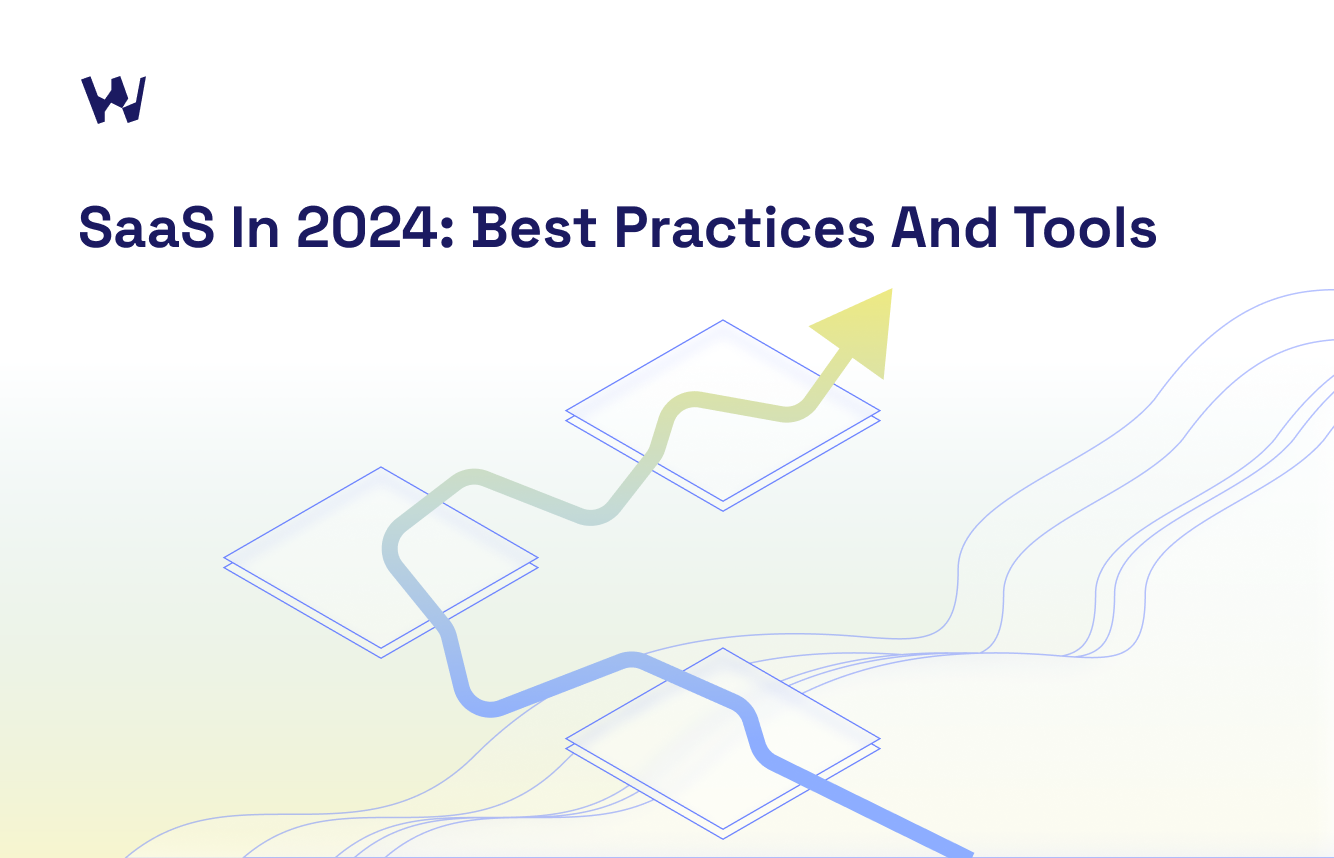Scaling New Heights: The Ultimate Guide to SaaS Best Practices for 2024

Software as a Service (SaaS) has transformed the way businesses function by offering cloud-based solutions accessible from anywhere at any time. Statistics predict that the SaaS market will generate revenues of approximately $282.20 billion by the year 2024.
It's important to distinguish SaaS from other cloud computing models. SaaS delivers software directly to users over the internet, eliminating the need for local installation and maintenance. This contrasts with other cloud services, such as Infrastructure as a Service (IaaS) or Platform as a Service (PaaS), which provide more foundational computing resources or development platforms.
To develop a successful SaaS website, like Netflix, it's essential to follow a set of best practices that ensure the creation of a high-quality, reliable application. This article will explore key SaaS best practices that are instrumental in building a standout SaaS product.
1. Opt for microservices over monolithic designs
While some developers advocate for monolithic designs due to their simplicity in smaller setups, a microservices architecture becomes invaluable as you scale. Microservices stands along with other software-as-a-service best practices because it allow for independent development, deployment, and scaling of application components, making them ideal for growth and continuous integration/deployment processes.
This approach enhances scalability and allows for isolated updates, reducing overall system downtime during upgrades.
2. Facilitate self-service and customization
Empower your users by enabling self-service capabilities within your SaaS architecture. Provide comprehensive APIs and detailed documentation to allow users to tailor the platform to their specific needs without coding. Incorporating flexibility in customization helps users integrate their preferred tools, enhancing the value of your SaaS offering.
3. Embrace multi-tenancy
Multi-tenancy allows for efficient resource sharing across multiple customers, optimizing utilization and scalability. Whether you choose a single application instance with multiple databases or a shared database approach, multi-tenancy can enhance responsiveness and scalability. However, be mindful of the potential need for single-tenancy in scenarios with resource-intensive users.
4. Prioritize data security
Design your software as a service with a strong emphasis on data security. Implement SaaS best practice which is called Role-Based Access Control (RBAC) to ensure users can only access data relevant to their roles. This SaaS implementation not only secures data but also simplifies user management and compliance with data protection regulations.
5. Incorporate regulatory compliance
Build your software-as-a-service solutions with inherent compliance to relevant industry regulations, such as GDPR. This foresight in design is crucial for vertical SaaS solutions targeting specific industries, ensuring you meet both industry-specific and general data protection standards.
7. Design for scalability from the start
Anticipate the growth of your SaaS application by building scalability into your architecture. One of the best practices in IT companies is designing your SaaS website for both horizontal and vertical scaling to accommodate increased load without compromising performance.
8. Guarantee minimal downtime
High availability is critical for keeping up with SaaS website best practices. Users expect reliable access and minimal service interruptions. Ensure your solution is designed for high uptime and that updates are seamlessly integrated without impacting user experience.
9. Mitigate vendor lock-in risks
Address potential vendor lock-in by ensuring your SaaS application supports standard integration APIs. This flexibility allows users to enhance their setup with additional services without being forced to switch vendors, fostering innovation within your platform.
10. Integrate cost monitoring
Implement a robust cost monitoring system to keep track of SaaS expenses. Understanding the costs associated with each customer and feature helps adjust pricing strategies and maintain healthy profit margins.
Conclusion
As the SaaS domain continues to evolve, staying ahead means not just keeping pace with technological advancements but also preemptively addressing the dynamic needs of users. The journey toward creating a standout SaaS product is complex, but understanding the right approach and sticking with these foundational best practices, can be very rewarding.
Let’s talk about your project – contact us today!